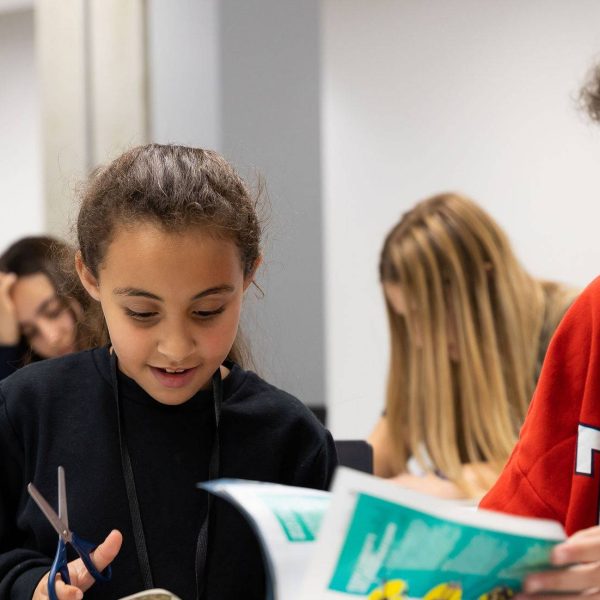Technology is ever-evolving in every aspect of our lives. Museums are an area where you might not connect with tech advancements. But, today’s museums include apps, digital interactivity and virtual reality (VR) in their exhibitions.
Story of the Forest: National Museum of Singapore
The Story of the Forest is an immersive art exhibition in the National Museum of Singapore. It uses 69 art pieces from the William Farquhar Collection of Natural History Drawings. These drawings have now been turned into 3D interactive animations!
Created by teamLab, a digital art collective from Japan, the Story of the Forest shows the colonial history of Singapore up to the modern day. The installation begins with darkness, the images revealing as you walk through the black space.
The interactive element comes via an app. Once downloaded, you can snap a photo of the drawings and learn more about the animals pictured.
The app has a section called ‘My Collection’ where you can store images you have taken, too. You can also look at each animal and discover more about its rarity level and species.
This display is a kind of interactive safari, taking you through various habitats. It has been a permanent exhibition at the museum since 2016, proving its popularity with visitors!
Real sense library: National Library of Korea
The South Korean Ministry of Culture, Sports and Tourism aims to give public access to important historical artefacts. The ‘real sense library’ is part of this initiative, based in the National Library of Korea.
The technology used in this exhibition allows visitors to have a more ‘hands-on’ experience of artefacts that are usually kept locked away. Priceless items like documents and ancient texts can now be accessed safely by visitors.
Zytronic helped in the development of the ‘Digital Book’ exhibit. This interactive installation uses the look and feel of a book that visitors can touch and turn the pages of. The ancient text is then digitally projected onto this large-scale book. This gives the illusion that visitors are handling the priceless artefact!
Zytronic’s touch technology means that the contents of the book respond to touch gestures from up to 50mm away from the surface of the sensor. This idea highlights how technology can increase access and unlock experiences once thought impossible.







